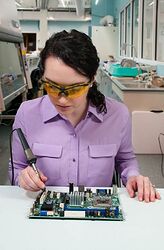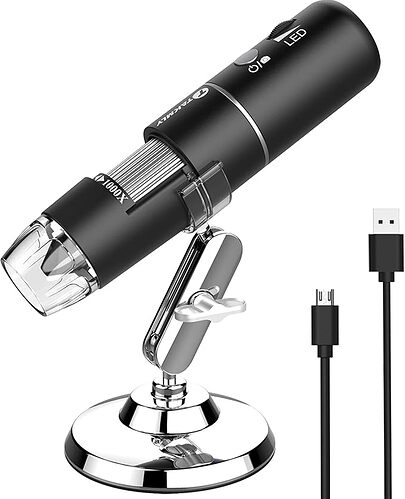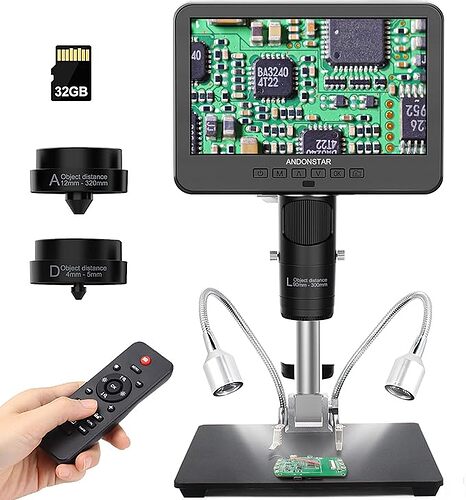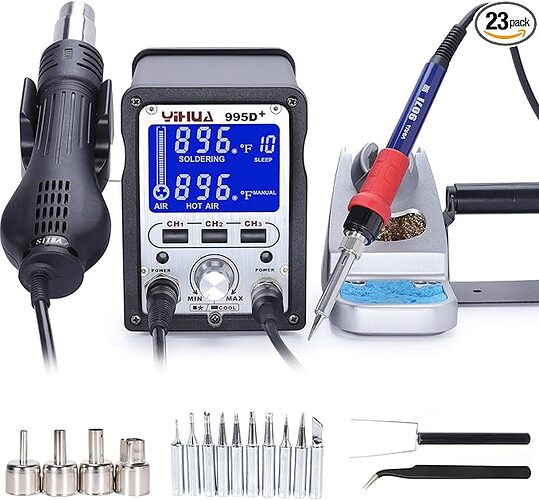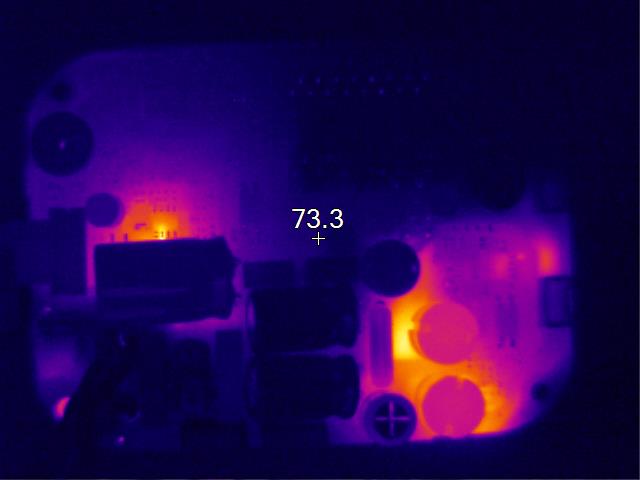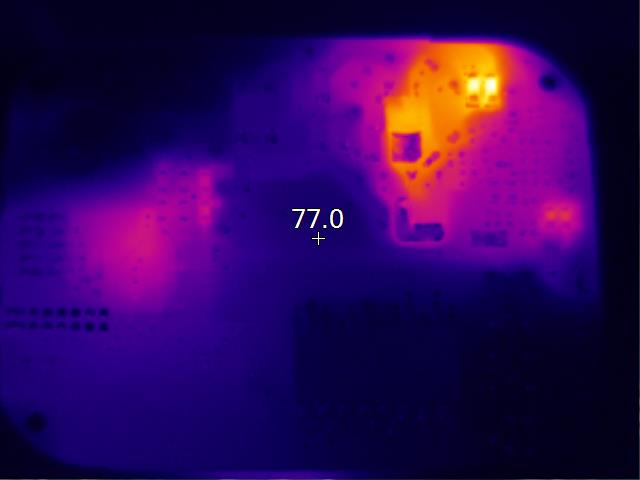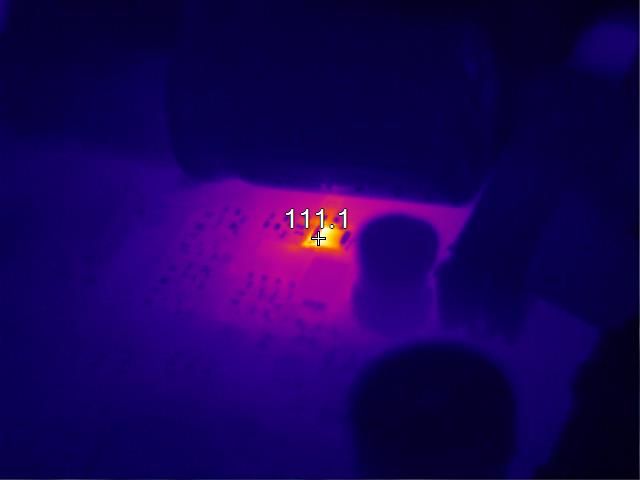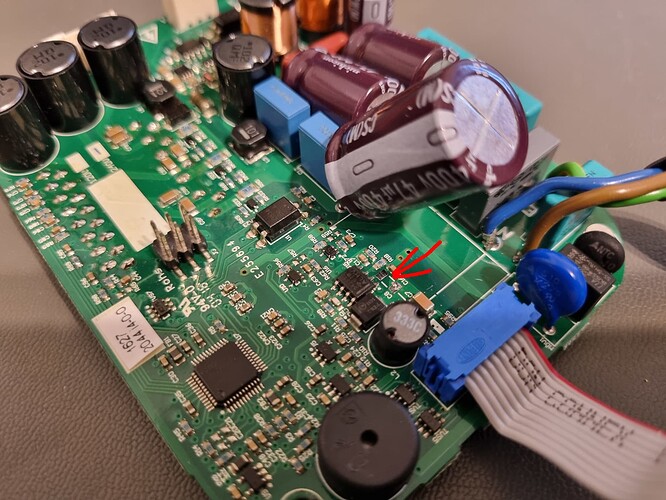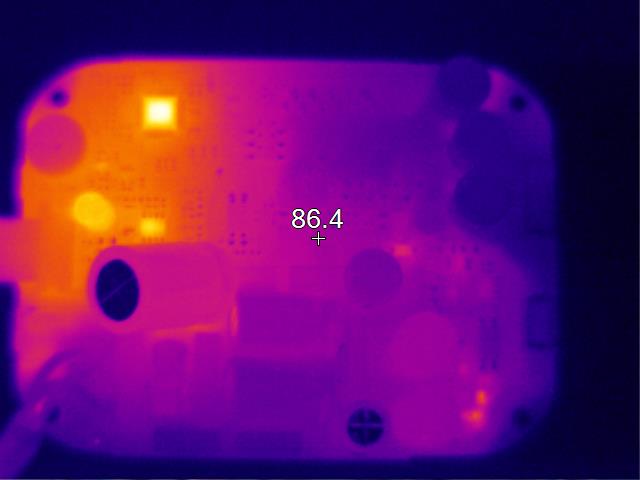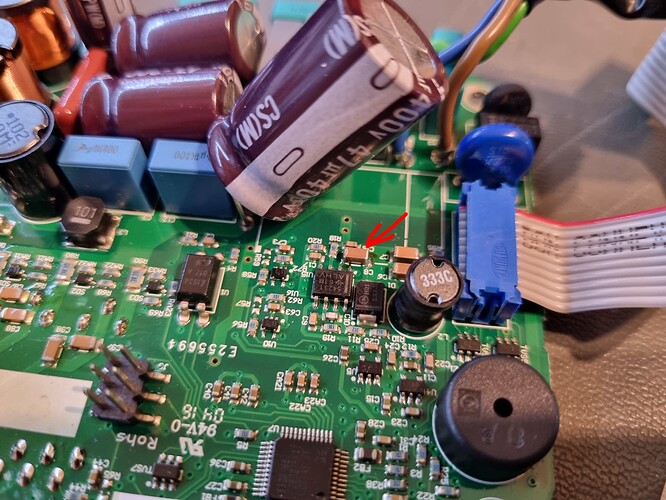No worries, it definitely didn’t immediately come across like that, I just couldn’t figure out what you were referring to so my last option was that it was a bit tongue-in-cheek.
The rest of that comment looks good to me. I haven’t had a play with the Pinecil but people seem to like it. I’ve seen things like the Fanttik iron and it also looks reasonable. With all of those options I’d rather see a little more variety in tip size but ultimately that’s only because I’d be wanting to find a single one that works for me, not because I think you actually need dozens of options. Out of the ~10 Hakko tips we have, 99% of the time I use 2 different ones.
The other thing is that the body of the tip seems quite narrow. That’s not a problem itself but does mean that the temperature sensing and power will need to be a bit better as there’s not as much thermal mass to counteract it. If it’s working for you and making good looking joints without being weird then that’s fundamentally the goal! I’ve said it above but fundamentally once you’ve got the skills then damn near anything will work, it’s just about how easy it makes the process for you and how much finesse it requires to get a good result. Whatever it is, it’ll likely still be way better than the old-school style separate tip/heater with the curie point temperature settings or whatever. Those are remarkably garbage. It’s also often one of those things that you don’t notice until you go to something better and then have to go back!
The solder link goes to the iron again so I’m not sure what the solder is. 0.8mm is a good middle-of-the-road size. That’d be around the size that I use the most often for most things. Similar thing with that flux. I prefer the precision of a syringe for application because I’m typically using it on small stuff and you really don’t need much, but you could also potentially apply it with a stainless steel pick or something quite easily, or the wood stem of a cotton swab, etc.
Soldering wires to end stops is definitely a use case that I don’t run into much. Whenever I’ve ended up in that position I much prefer using crimped faston connectors instead of direct soldering because it’s easy to have too much heat melt/deform the microswitches. Given the way the microswitches are constructed, the position of the pin defines a lot of the internal geometry and how they work/where they trigger etc so bending the pins with heat or having them shift can affect their function more than I’d like. That’s just a process control thing, though. If you can get them soldered without excess heat going into them then it’s a case of whatever works!
